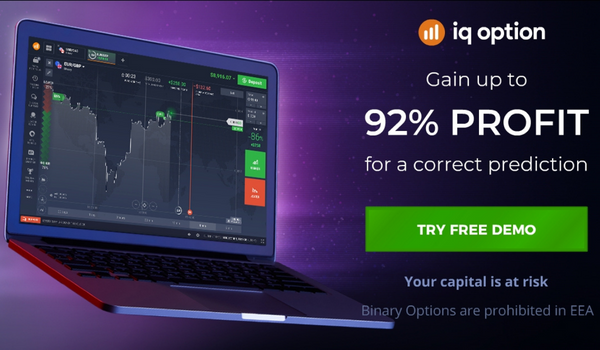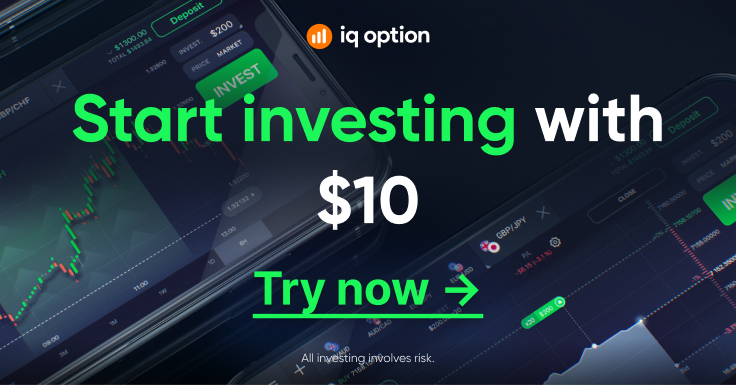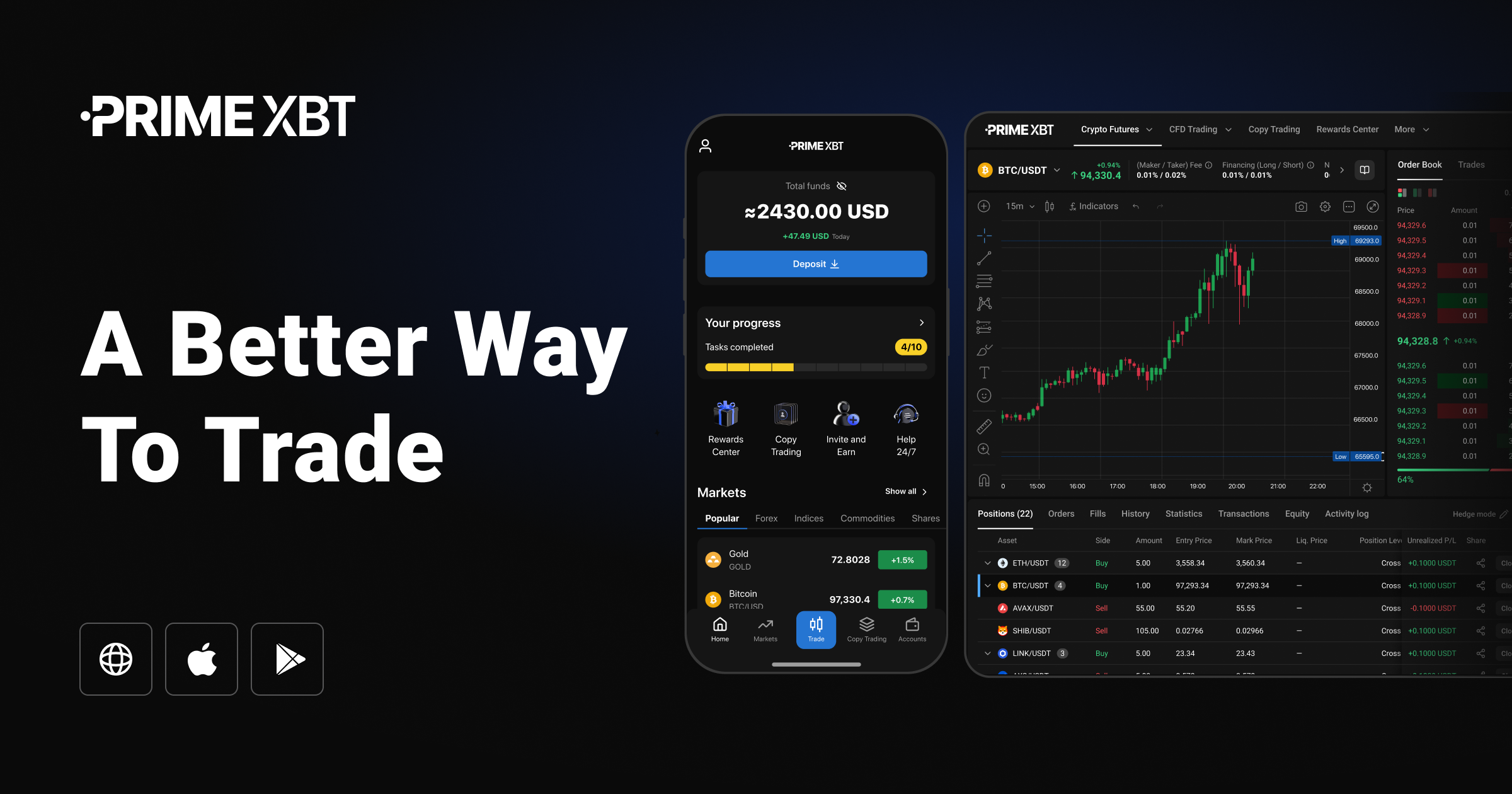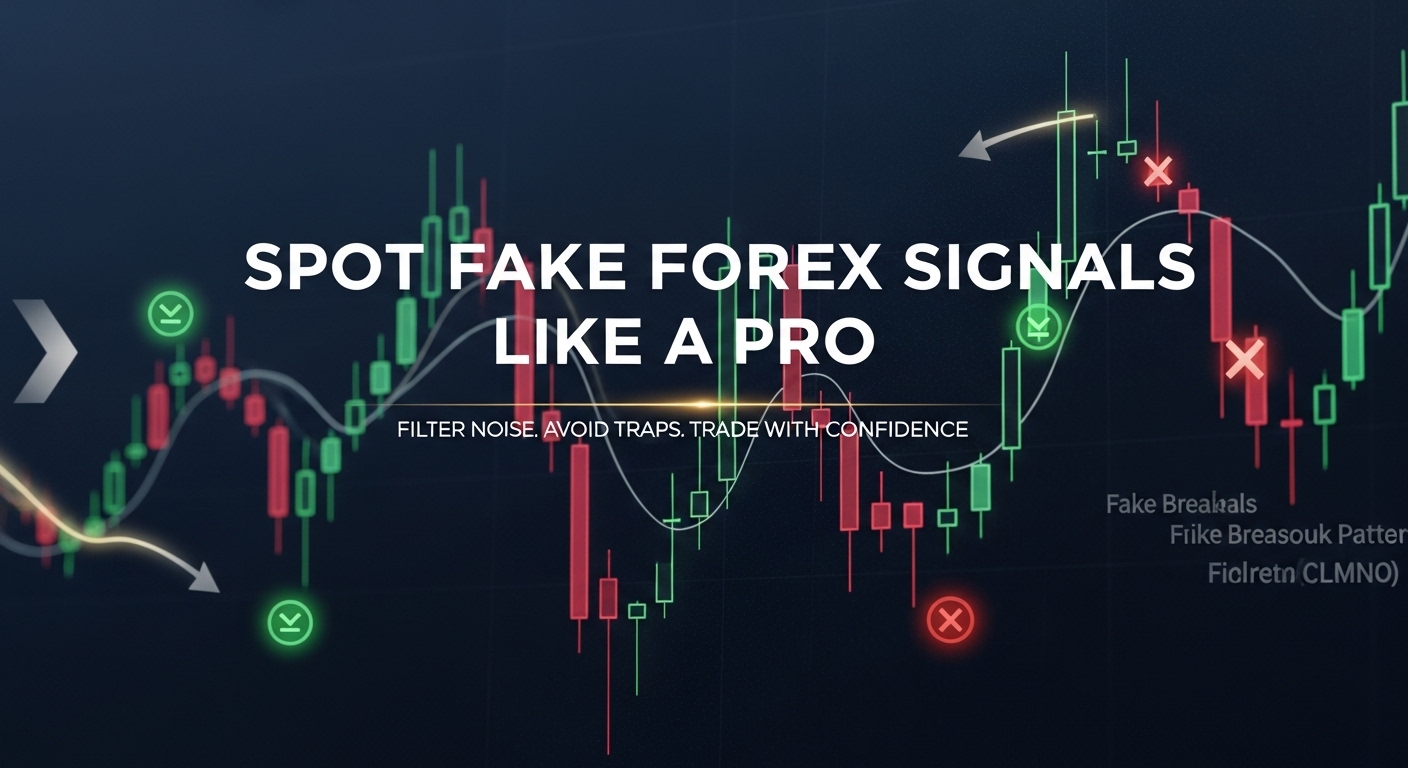Table of Contents
Why Timing Is Everything in Forex
“The best time to trade forex in United Kingdom is important because you may be analyzing the right chart—but at the wrong time.”
This simple truth separates losing trades from consistently profitable ones. You can have the perfect setup, solid risk management, and a strong technical or fundamental bias. But if you enter during a dead zone, when liquidity is thin and spreads are wide, that edge gets buried under noise and slippage.
The 24-Hour Forex Clock — But Not All Hours Are Equal
This non-stop nature is often advertised as one of forex’s greatest strengths—but it’s also one of its biggest traps. While the market is technically open all the time, it’s not always active.
The global forex market operates in four main trading sessions:
- Sydney (10:00 PM – 7:00 AM GMT)
- Tokyo (12:00 AM – 9:00 AM GMT)
- London (8:00 AM – 5:00 PM GMT)
- New York (1:00 PM – 10:00 PM GMT)
Each session overlaps with others at different points in the day, causing fluctuations in trading volume, volatility, and price behavior.
How Timing Shapes Market Behavior
The difference between trading at 3:00 AM and 3:00 PM UK time can be massive. During high-activity hours (like when London and New York sessions overlap), price movements tend to be sharper, spreads are tighter, and breakout patterns carry more conviction. On the flip side, trading during quiet sessions—like late Asian hours—can lead to false breakouts, increased spread costs, and slower execution.
Here’s how timing directly influences your trade outcomes:
- Volatility: Certain hours produce more aggressive price movement, ideal for breakout and trend traders.
- Spreads: During peak sessions, spreads contract due to higher liquidity. In quieter periods, spreads often widen.
- Price Accuracy: Prices reflect real demand and supply better during major overlaps than during off-hours.
- News Releases: Major market moves often come immediately after scheduled economic reports, most of which are time-sensitive.
🇬🇧 What UK Traders Gain by Mastering Market Timing
For traders in the United Kingdom, understanding when to trade can unlock hidden layers of consistency and profitability. Here’s why:
- You’re in the world’s most active session: The London session accounts for roughly 35% of all global forex volume. You’re sitting at the heart of the action.
- Access to key overlaps: Being in the UK puts you perfectly in sync with the London–New York overlap, widely regarded as the most profitable window in the trading day.
- Clarity in news timing: Most GBP, EUR, and USD economic releases drop during UK working hours, making it easier for you to plan trades around them.
- Better daily routine: By aligning your strategy with the right hours, you can avoid burnout from all-day chart watching and focus only on hours that truly matter.
Forex Market Sessions Overview
The forex market is a global marketplace, and that means trading activity never sleeps—only shifts from one financial center to another. These shifts create four key trading sessions that rotate across major time zones: Sydney, Tokyo, London, and New York. Understanding how each session works—and how they connect—is critical for UK traders who want to tap into real momentum, not random noise.
The Four Major Forex Trading Sessions
Here’s how the sessions align in UK local time, adjusting for Daylight Saving Time (BST during summer, GMT during winter):
| Session | Opens (GMT/BST) | Closes (GMT/BST) | Major Centers |
| Sydney | 10:00 PM / 11:00 PM | 7:00 AM / 8:00 AM | Australia, Pacific Region |
| Tokyo | 12:00 AM / 1:00 AM | 9:00 AM / 10:00 AM | Japan, Asia |
| London | 8:00 AM / 9:00 AM | 5:00 PM / 6:00 PM | UK, Europe |
| New York | 1:00 PM / 2:00 PM | 10:00 PM / 11:00 PM | United States, Canada |
Note: BST = British Summer Time (used March–October). GMT = Greenwich Mean Time (used October–March).
The beauty of this rotation is that traders in the UK can seamlessly access multiple high-volume sessions throughout their day.
Trading Volume Distribution Across Sessions
Not all sessions are created equal in terms of activity. Historically, here’s how daily trading volume breaks down:
- London Session – ~35% of global daily forex volume
- New York Session – ~25%
- Asian Session (Tokyo + Sydney) – ~20%
- Overlaps (especially London–New York) – ~15–20%
The London session dominates the global forex market due to its strategic positioning between Asia and North America. It also hosts most major banks, hedge funds, and institutions, making it a magnet for liquidity.
Global Overlap Periods: Where the Real Action Happens
The highest volatility in the forex market usually occurs during overlap periods—times when two major sessions are open simultaneously. These overlaps represent critical windows of opportunity where traders get the best of both liquidity and price movement.
| Overlap | UK Time (GMT/BST) | Why It Matters |
| London – Tokyo | 8:00 AM – 9:00 AM | Short but useful for GBP/JPY, EUR/JPY pairs |
| London – New York | 1:00 PM – 4:00 PM | Most liquid, most volatile |
During the London–New York overlap, you’ll often see:
- Strong price movements in major pairs like GBP/USD, EUR/USD, and USD/JPY
- Increased breakout potential
- More trading volume than any other time of day
The London Session: The UK’s Power Window
The London session is the beating heart of the global forex market. It’s not just the most active session—it’s also the one that shapes price action for the rest of the day. For traders based in the United Kingdom, this session provides a home-court advantage like no other. You’re operating in real-time, with access to the market’s most liquid and volatile hours—right from your desk, your phone, or wherever you trade.
Opening and Closing Hours in UK Local Time
The London forex session typically runs from:
- 8:00 AM to 5:00 PM GMT (winter months)
- 9:00 AM to 6:00 PM BST (summer months)
This session overlaps partially with both the Tokyo session (during its final hour) and, more importantly, the New York session in the afternoon—creating two windows of amplified opportunity.
The Epicenter of Liquidity and Volatility
The London session alone accounts for roughly 35% of total global forex trading volume—more than any other region. Here’s what makes it so powerful:
- High institutional participation: Banks, hedge funds, asset managers, and multinational corporations execute major orders during London hours.
- Wide price ranges: Daily pip movements peak in this session, offering excellent potential for both breakout and trend traders.
- Increased economic data flow: UK, EU, and occasionally US economic releases begin hitting the market from 8:00 AM onward.
- Wider participation: Both retail and institutional traders in Europe and Asia are active, creating intense order flow.
Best Currency Pairs to Trade During the London Session
While most major pairs are active, certain currency pairs absolutely thrive in the London session due to the presence of GBP and EUR-based flows. These include:
| Currency Pair | Why It Works in London |
| GBP/USD | High liquidity, sharp directional moves during UK/US data |
| EUR/GBP | Influenced by both EU and UK fundamentals, tight spreads |
| GBP/JPY | Volatile and fast-moving; ideal for experienced day traders |
| EUR/USD | Europe’s session overlap + USD news = major trends |
| USD/CHF | Steady price action, benefits from European institutional flows |
| FTSE 100 CFDs | For index traders, London open = heavy movement |
These pairs typically show more volatility and tighter spreads during this session than at any other time of the day.
How the Big Players Move During London Hours
The London session is where the “smart money” begins to reveal its hand. Institutions aren’t just placing trades randomly—they’re executing large block orders, rebalancing portfolios, and reacting to key economic events.
What this means for you:
- London open reversals: Big banks may push price in one direction early, only to fade it later. Recognizing these fake-outs can prevent losses.
- Liquidity hunts: Institutions often trigger stops around key levels to fill large orders. Watch out for sudden wicks and false breakouts.
- Reaction to news: Economic releases like UK GDP, inflation, and BoE rate statements often cause massive spikes in GBP pairs. Institutions position themselves accordingly, creating volatility for retail traders to ride.
Tip: Avoid blindly entering trades right at the London open (first 15–30 minutes). Let the market settle and reveal direction.
Why This Matters for UK Traders
As a UK-based trader, you’re in the perfect position to:
- Trade in sync with the highest market participation
- React instantly to UK and EU news
- Time entries and exits around key institutional moves
- Focus your energy during a realistic daily window (morning to early afternoon)
You don’t need to stay up late or wake early to catch movement—your morning is the market’s most powerful moment.
London–New York Overlap: The Golden Hours
If the London session is the engine of the forex market, then the London–New York overlap is where it hits full throttle. This three-hour window—from 1:00 PM to 4:00 PM UK Time—is considered the most volatile, most liquid, and most opportunity-rich period of the trading day.
1:00 PM to 4:00 PM UK Time: The Sweet Spot
During this time, both London and New York trading desks are fully active. That means you have:
- Two of the world’s largest financial centers trading simultaneously
- Maximum institutional participation
- Key economic releases (especially from the US)
- Sharper, cleaner price movements
It’s no exaggeration to say that over 70% of the day’s forex trading volume can pass through the market during this overlap. The energy during these hours is unmatched.
Why This Period Is a Goldmine for Short-Term Traders
The overlap is especially attractive for:
- Scalpers: Ultra-tight spreads and lightning-fast execution
- Day traders: High probability breakout and trend setups
- News traders: Constant stream of GBP, EUR, and USD economic releases
- Swing traders: Excellent time to confirm breakout direction or exit positions
This is when volatility meets reliability. Price action tends to move with momentum rather than erratic spikes (as often happens in the Asian session).
Case Study: GBP/USD Movement During the Overlap
Let’s look at a typical day on the GBP/USD chart during the London–New York overlap:
Example:
- Morning (London-only hours): Price consolidates between 1.2680 and 1.2705, forming a tight range.
- 1:30 PM: U.S. Core Retail Sales released—stronger than expected.
- Immediate reaction: GBP/USD drops 40 pips within 15 minutes, breaking below the range.
- 2:00–3:30 PM: Continued bearish momentum as institutional sellers pile in, driving price to 1.2630.
- 3:45 PM: Buyers step in for a pullback to 1.2655, offering a textbook retracement entry for intraday traders.
Insights from the move:
- News acted as a catalyst.
- The overlap provided both a breakout and a pullback opportunity.
- Institutional volume created directional clarity—not whipsaws.
What to Watch During This Window
| Element | What to Monitor |
| U.S. economic releases | Non-farm payrolls, inflation, Fed speeches |
| GBP reactions | How UK traders digest morning data |
| Volume & volatility | Spikes in order flow and trend acceleration |
| Institutional entry points | Breakout follow-through, fakeouts, and reversal traps |
Pro Tips for UK Traders
- Time your trades before or after news drops: Avoid being caught in slippage right as news hits.
- Trade direction, not noise: The overlap offers high-quality moves—don’t overtrade.
- Focus on major pairs: GBP/USD, EUR/USD, USD/JPY, GBP/JPY, and Gold (XAU/USD) perform especially well.
Low-Volatility Periods to Avoid
Just as there are optimal times to trade, there are also danger zones—hours when price action becomes dull, spreads widen, and trading feels like swimming through mud. For traders in the United Kingdom, avoiding these low-volatility periods is not just good practice—it’s essential for preserving your money and focus.
1. The Asian Session in UK Time (11:00 PM – 7:00 AM)
While the forex market technically remains open overnight in the UK, this is the quietest time of the trading day. The Asian session is dominated by markets like Tokyo, Singapore, and Sydney—but it lacks the heavy institutional participation that fuels major price moves.
Why UK traders should avoid it:
- Lower liquidity = wider spreads (especially on GBP and EUR pairs)
- False breakouts are common due to thin order books
- Major GBP pairs often range aimlessly, showing little trend direction
Typical scenario:
- GBP/USD might move only 10–20 pips between midnight and 6:00 AM, compared to 80–120 pips during the London–NY overlap.
Unless you’re specifically trading JPY or AUD-based pairs—or reacting to major Asian economic news—there’s little reason for UK traders to engage at these hours.
2. Weekends and Holidays
The forex market officially closes on Friday at 10:00 PM (UK time) and reopens on Sunday at 10:00 PM. However, weekend price gaps and thin Sunday liquidity can lead to unexpected problems.
Dangers of weekend/sleepy market trading:
- Weekend gaps: Price can jump 20–50 pips between Friday close and Sunday open due to geopolitical or economic news.
- Poor fill quality: Orders placed at market open may experience slippage or execute at undesirable levels.
- Bank holidays: On days when major markets (UK, US, Eurozone) are closed, liquidity disappears and spreads balloon.
Tip: Always check the forex economic calendar and global holiday schedules before opening or holding trades over the weekend.
3. Monday Mornings (Before 9:00 AM UK Time)
The early hours of Monday are often a time of indecision in the forex market. Traders are still digesting weekend news, aligning strategies, and waiting for fresh economic releases.
Why it’s risky:
- Low volume = choppy and unreliable price action
- False setups are common before the London open
- Institutional players typically wait to execute meaningful trades until after 9:00 AM
Think of Monday morning as a “market warm-up.” It’s smarter to observe rather than act.
4. Friday Afternoons (After 3:00 PM UK Time)
Fridays tend to taper off after the US market digest its early afternoon news—especially after the London close.
What happens:
- Traders wind down positions for the weekend, reducing volatility
- Volume fades, especially after 3:30 PM UK time
- Market direction becomes unreliable, with sporadic moves and random spikes
Fridays are also when profit-taking, hedging, or end-of-week position adjustments happen—so price may move without clear logic.
Tip: If you’re in profit by Friday noon, consider locking in or tightening stops. Don’t try to force last-minute trades.
5. The Hidden Risk: Spread Widening in Low-Volume Periods
One of the most costly (and often ignored) risks during low-volatility periods is spread widening. This refers to the increase in the difference between bid and ask prices when liquidity dries up.
What to expect:
- GBP/USD spread may go from 0.8 pips (peak hours) to 2–5 pips (Asian session)
- Exotic or minor pairs can show spreads of 10+ pips during off-hours
- This makes tight stop losses more vulnerable and reduces risk-reward ratios
During these times, even “break-even” trades can close in loss due to exaggerated spreads.
Periods UK Traders Should Avoid
| Time Period | Why to Avoid |
| 11 PM – 7 AM (UK Time) | Thin liquidity, slow price action, false signals |
| Weekend Gaps | Slippage, gap risk, unpredictable moves |
| Monday Mornings | Lack of momentum, institutional inactivity |
| Friday Afternoons | Fade in volume, unpredictable closes |
| Holiday Sessions | Sparse participation, unstable spreads |
Avoiding these periods won’t just save you from low-probability trades—it will sharpen your focus on the hours that actually matter, making you more efficient, disciplined, and ultimately more profitable.
Economic News Releases & Impact Times
In forex trading, news is a trigger—and when it hits, markets move fast. For traders in the United Kingdom, understanding when high-impact economic events are released and how to approach them can mean the difference between a massive breakout gain or a devastating whipsaw loss.
Best Days for News Trading in the UK
Not all trading days are created equal. From historical volatility patterns to scheduled economic releases, Wednesdays and Thursdays stand out as the most active news-driven trading days in the UK.
Here’s why:
- Major GBP and USD reports (GDP, inflation, rate decisions) often cluster midweek.
- Liquidity is at its peak—ideal for quick entries and exits.
- Institutional traders are fully active, increasing reaction speed and volume.
- Fridays often underdeliver due to position closing and weekends; Mondays are slow and data-light.
Tip: Structure your trading week around the midweek—scout the calendar Monday, enter Tuesday–Thursday, and close/review Friday.
GBP-Focused Economic Events to Watch
When it comes to market-moving events, certain UK economic reports consistently create high-impact volatility, especially on GBP pairs like GBP/USD, EUR/GBP, GBP/JPY, and GBP/AUD.
Key GBP News Releases & Their Effects
| Economic Event | Impact |
| BoE Rate Decisions | Directly impacts GBP value and long-term sentiment |
| GDP Growth Rate | Affects outlook on UK economy and inflation |
| Inflation (CPI, RPI) | Signals future BoE decisions → strong GBP reactions |
| Employment & Wage Data | Measures consumer strength and labor market health |
| PMIs (Manufacturing, Services) | Market confidence, affects short-term GBP moves |
| Retail Sales | Reflects consumer spending and local demand |
Each of these reports is typically released at 7:00 AM or 9:30 AM UK time—before or during the London open, when the market is primed for a reaction.
Watch out especially for surprises vs. forecast—those are what cause the big spikes.
How to Trade During High-Impact News
Trading around news can be thrilling, but it’s also where many traders get burned. Here’s how to approach it wisely:
Pre-News Tips (Preparation Phase)
- Mark event times in advance using an economic calendar.
- Check forecast vs. previous data—markets usually price in expectations.
- Know which pairs will be affected and tighten your focus.
During News Tips (Execution Phase)
- Avoid entering trades within 5 minutes before the release—spreads widen and slippage is common.
- If trading the event live, use pending orders (buy stop/sell stop) above/below key levels for breakout strategies.
- Only trade high-probability reactions—e.g., news in line with technical trends or major sentiment shifts.
Post-News Tips (Risk Management Phase)
- Watch for retracements or fake-outs after initial spikes—institutions often reverse price to hunt stops.
- Use trailing stops to protect profits as price accelerates.
- Don’t chase a missed move. Wait for pullbacks or confirmation.
Risks of Trading the News (And How to Avoid Them)
| Risk | Mitigation Strategy |
| Widened spreads | Avoid trading 5–10 minutes before/after release |
| Slippage | Use limit or pending orders, not market orders |
| Whipsaws & spikes | Wait for second wave of movement before entering |
| Emotional reactions | Stick to a written plan or avoid trading live |
News trading can either double your account or drain it in seconds. Respect the volatility. Never risk more than 1–2% of your capital per trade.
Real-Life Example: CPI Release Impact on GBP/USD
- 7:00 AM UK Time – UK CPI comes in higher than expected
- Market reaction: GBP/USD spikes 80 pips in 15 minutes
- Initial breakout above resistance, then quick pullback
- Smart traders entered on the second push (after the pullback), riding the trend with controlled risk
Mastering economic news releases isn’t about guessing the data—it’s about mastering timing, volatility, and discipline. For UK traders, this means:
- Planning trades around midweek events
- Focusing on GBP-specific releases
- Approaching high-impact sessions with tactical execution and risk controls
News trading is like stepping into a storm—the smart ones don’t run into the wind… they fly with it.
Day-by-Day Breakdown of Optimal Trading Windows
The forex market has a rhythm—and seasoned traders know that not all days (or hours) are equally profitable. While the market runs 24 hours, real opportunities are tightly concentrated within specific windows throughout the week.
For traders in the United Kingdom, aligning with the natural ebb and flow of global trading activity gives you a major edge. Below is your day-by-day blueprint for showing up at the right time—and skipping the noise.
Monday: Slow Start, Measured Moves
Best Time to Trade: 9:00 AM – 11:00 AM (UK Time)
Why:
- The market opens cautiously after the weekend.
- Liquidity is still thin during early Asia → London crossover.
- Institutional traders are observing sentiment and positioning.
Strategy Tip: Focus on consolidations, range trades, or minor breakouts after the London open. Avoid overcommitting early—this is a “feel the water” session.
Pairs to watch: GBP/USD, EUR/GBP (reacting to weekend sentiment or opening gaps).
Tuesday: Momentum Begins
Best Time to Trade: 9:00 AM – 4:00 PM
Why:
- Trading volume builds significantly.
- Institutional orders begin flowing in full force.
- Economic calendar starts to fill up.
Strategy Tip: Trend-followers come alive. Look for continuation setups after London opens or trade key breakout zones as NY joins the market.
This is a great day to assess weekly direction. Use pullbacks for cleaner entries with higher RR.
Wednesday: The Mid-Week Spike
Best Time to Trade: 9:00 AM – 4:00 PM
Why:
- It’s the most volatile day of the week.
- Many high-impact economic events are scheduled.
- Traders begin to finalize their weekly positioning.
Strategy Tip: Volatility is your ally—but only with structure. Trade with breakout–retest strategies, trail profits aggressively, and scale out if moves extend beyond expectations.
Watch out for sudden reversals and fakeouts during news drops. Avoid emotional entries.
Thursday: Peak Volume & News Drops
Best Time to Trade: 9:00 AM – 4:00 PM
Why:
- Major reports like US jobless claims, GDP, and ECB/BoE meetings often land here.
- Most traders want to lock in profits before Friday.
- Intraday moves are fast and often decisive.
Strategy Tip: Ideal for experienced traders. Fade over-extended spikes, capitalize on breakouts with clear follow-through, and avoid mid-session boredom trades.
If you’re a swing trader, this is a great day to enter or exit positions before the weekend effect creeps in.
Friday: Quick In, Quick Out
Best Time to Trade: 9:00 AM – 12:00 PM
Why:
- London handles most of the movement.
- NY joins with reduced aggression.
- Traders wind down for the weekend by early afternoon.
Strategy Tip: Avoid over-trading. Book profits before lunch. If holding trades, consider tightening stops or closing early. Fridays are for light touches and capital preservation.
Low liquidity and late-week exhaustion often lead to choppy price action post-2 PM.
Quick Reference Table: Best Forex Trading Hours in the UK (By Day)
| Day | Best Time (UK) | Reason |
| Monday | 9 AM – 11 AM | Slow open, careful entries |
| Tuesday | 9 AM – 4 PM | Momentum picks up |
| Wednesday | 9 AM – 4 PM | Mid-week volatility peak |
| Thursday | 9 AM – 4 PM | Major news & institutional volume |
| Friday | 9 AM – 12 PM | Profit-taking, early close |
Advanced Tips for UK Traders
By now, you understand that when you trade is just as critical as how. But if you want to elevate your strategy beyond the basics, you need to integrate session characteristics, technical precision, and time-sensitive tools into one cohesive plan.
These advanced techniques are where skilled UK traders separate themselves from the pack.
1. Synchronize Your Strategy with Session Characteristics
Each trading session carries a distinct personality. Understanding these “personalities” allows you to adapt your trading style to the session’s natural rhythm.
| Session | UK Time | Trading Personality | Best Strategy Type |
| Asian | 11 PM – 7 AM | Low volatility, tight ranges, false breakouts | Range trading, light scalping |
| London | 7 AM – 4 PM | High volume, sharp breakouts, strong GBP/EUR reactions | Breakout, trend continuation |
| NY (Overlap) | 12 PM – 4 PM | Volatile, news-driven, GBP/USD momentum | Momentum, trendline/structure breaks |
| Late NY | 4 PM – 9 PM | Volume dies off, price consolidates | Exit trades, manage risk |
Advanced traders don’t just “trade the strategy”—they “match the method to the market mood.”
2. Combine Time-Based Analysis with Technical Setups
Time is a technical indicator on its own—price behaves differently depending on the hour. A high-probability setup during the London open is far more valid than the same setup at 11 PM.
Example: Trendline Breaks
Let’s say you’re monitoring a GBP/USD descending trendline across the 1-hour chart.
- If the break occurs at 1 AM (Asian session): likely a false breakout or weak move.
- If it happens at 8:30 AM (London open): stronger volume + volatility = valid entry.
- If it breaks again at 1 PM (London–NY overlap): high confidence move with potential to run 60–100 pips.
Tip: Don’t just trade the pattern—trade the time of the pattern.
3. Use Tools to Track Session Changes & News Releases (GMT/BST Awareness)
In the UK, you’re working with both GMT and BST (British Summer Time), depending on the season. This can throw off your alignment with global market sessions if you’re not careful.
Must-Have Tools for UK Traders:
- Forex Session Clock – Shows active sessions in local time.
- Economic Calendars – Filter for high-impact GBP/USD/EUR events.
- TradingView Timezone Settings – Adjust your chart to match UK time (especially during daylight saving shifts).
- Session Indicators (MT4/MT5) – Automatically highlight London/NY overlap visually on your charts.
Don’t let the clock become your blind spot—every pip is timed.
4. London–New York Overlap: The Golden Hour for High-Octane Setups
The London–New York overlap (12 PM – 4 PM UK time) is when the two largest trading centers collide. This window is where technical setups meet institutional momentum.
Example Trade: GBP/JPY Trendline Break
- Chart: 15-min + 1-hour combo
- Setup: Descending trendline + bullish flag formation
- Time: 1:00 PM UK time (both London and NY open)
- Trigger: Clean breakout on rising volume after UK CPI news release
- Follow-through: 70-pip run in 90 minutes
This kind of move is common when the time, the setup, and the market context all align.
London–NY overlap is not just active—it’s where professional traders execute their most aggressive positions.
Pro Tip: Time Filters for Your Strategy
Consider applying time filters to your strategy:
- Only enter breakouts between 7 AM – 10 AM (London breakout phase)
- Only trade trendline breaks between 12 PM – 2 PM (NY joins)
- Avoid entries after 4 PM—switch to trade management mode
This reduces noise, increases accuracy, and helps you stay consistent.
Advanced trading is all about timing precision.
- Your entry method should sync with the market’s mood
- Your technical setup should be validated by time-based behavior
- Your tools should adapt to timezones and trading windows
- And your discipline should keep you from forcing trades outside your optimal hours
The chart gives you clues. But the clock tells you when to act.
Time Zone Changes and Daylight Saving Effects
In forex trading, a single hour can make or break your entry. For UK traders, understanding the shift between GMT (Greenwich Mean Time) and BST (British Summer Time) is critical—because the market never adjusts to your clock… you must adjust to it.
BST vs GMT Explained
- GMT (Greenwich Mean Time): The UK’s standard time zone from late October to late March.
- BST (British Summer Time): UK moves the clock forward 1 hour (GMT+1) from late March to late October.
| Season | Time Zone | Offset |
| Late Oct – Late Mar | GMT | UTC +0 |
| Late Mar – Late Oct | BST | UTC +1 |
This one-hour difference does not affect the forex market’s global operating times, but it does affect how those global times line up with your local UK clock.
Why This Matters for Your Trades
When you don’t account for DST shifts:
- Economic news drops an hour earlier or later
- Your trading session overlaps shift unintentionally
- You miss breakout windows—or enter during dead zones
- Spreads may widen when you’re expecting high volume
Let’s say you’re used to trading the London–New York overlap at 1 PM during winter (GMT). When DST starts in spring and UK time moves to BST (GMT+1), the same overlap window starts at 12 PM, not 1 PM.
Miss this, and you could be entering after the major move has already played out.
When to Adjust Your Clock (for Trading Purposes)
- Spring Forward (to BST): Clocks move forward 1 hour on the last Sunday of March
- Fall Back (to GMT): Clocks move back 1 hour on the last Sunday of October
What to Do:
- Update your charting platform timezone (TradingView, MT4/5)
- Recheck economic calendar release times in your local time
- Use tools like TimeAndDate.com or Forex Factory Time Converter to confirm correct alignment
Common Mistakes UK Traders Make with Time Changes
| ❌ Mistake | ✅ Fix |
| Trading based on memory instead of current time | Always verify session openings post-DST shift |
| Missing news releases by 1 hour | Recheck economic calendar in BST or GMT manually |
| Not adjusting indicators tied to session blocks | Update session indicators on MT4/MT5/TradingView |
| Assuming market shifts its schedule with UK DST | Forex clocks stay fixed to UTC/GMT |
Pro traders set trading alarms based on market time, not local time.
Forex Sessions in UK Time (Seasonal View)
| Session | GMT (Winter) | BST (Summer) |
| Sydney Open | 9 PM | 10 PM |
| Tokyo Open | 12 AM | 1 AM |
| London Open | 8 AM | 8 AM |
| New York Open | 1 PM | 2 PM |
| London–NY Overlap | 1 PM – 4 PM | 2 PM – 5 PM |
Timing as a Trading Edge
Time is a trader’s most precious resource. But if you’re not synced with the right clock, you’re reacting to stale moves, missing critical events, and trading outside your edge.
So, as the seasons change, so should your trading schedule. The forex market doesn’t wait for anyone—it runs on precision.
When the clocks change, so should your trades. Stay sharp. Stay synced.
While countless traders obsess over indicators, news headlines, or strategies, very few master the silent edge of timing. Yet time—when properly understood and applied—can become your greatest weapon in the market.
Trade Smart, Not Just Hard
Let’s simplify what you’ve learned:
- The forex market may be open 24 hours, but opportunity is not.
- Trading during high-volume periods like the London–New York overlap (12 PM–4 PM UK time) drastically increases your odds of catching clean, profitable moves.
- Mid-week sessions (Tuesday–Thursday) offer peak volatility and structure, making them ideal for most strategies.
- Avoid low-liquidity traps—such as Asian hours, Friday afternoons, and holidays—that widen spreads and distort technical setups.
- And finally, account for time zone shifts (GMT ↔ BST) to ensure you’re never one hour too early—or too late.
Discipline Is the Final Ingredient
Knowing the best time to trade is only half the battle. Sticking to that timing requires discipline, patience, and consistency. It means walking away when the market is quiet—and showing up sharp when the opportunity window opens.
“Professional traders don’t trade more—they trade at better times.”
Here’s how to build timing into your routine:
Create a Time-Zone-Based Trading Plan
Map out your ideal hours. For UK traders, this might look like:
- 9:00 AM – 11:00 AM: London breakout
- 12:00 PM – 3:30 PM: Overlap momentum
- Avoid: After 4 PM unless managing trades
Journal by Time Blocks
Track your trades by hour and session. Over time, you’ll spot patterns:
- Do your trades succeed more often at London open?
- Do you lose more during Asian hours?
- Is Friday really worth your screen time?
Your journal reveals the true time windows where your edge lives.












